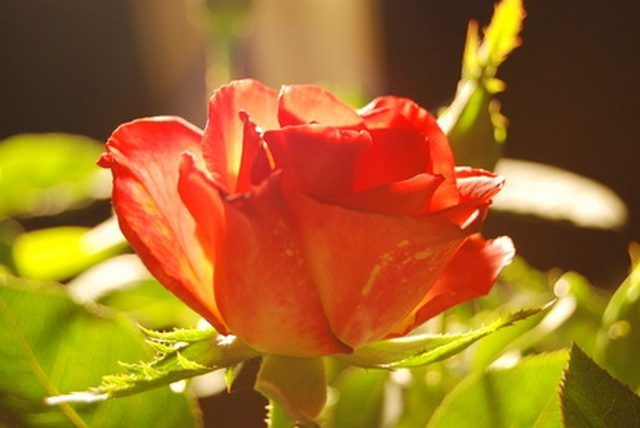Bulbs
Flower Basics
Flower Beds & Specialty Gardens
Flower Garden
Garden Furniture
Garden Gnomes
Garden Seeds
Garden Sheds
Garden Statues
Garden Tools & Supplies
Gardening Basics
Green & Organic
Groundcovers & Vines
Growing Annuals
Growing Basil
Growing Beans
Growing Berries
Growing Blueberries
Growing Cactus
Growing Corn
Growing Cotton
Growing Edibles
Growing Flowers
Growing Garlic
Growing Grapes
Growing Grass
Growing Herbs
Growing Jasmine
Growing Mint
Growing Mushrooms
Orchids
Growing Peanuts
Growing Perennials
Growing Plants
Growing Rosemary
Growing Roses
Growing Strawberries
Growing Sunflowers
Growing Thyme
Growing Tomatoes
Growing Tulips
Growing Vegetables
Herb Basics
Herb Garden
Indoor Growing
Landscaping Basics
Landscaping Patios
Landscaping Plants
Landscaping Shrubs
Landscaping Trees
Landscaping Walks & Pathways
Lawn Basics
Lawn Maintenance
Lawn Mowers
Lawn Ornaments
Lawn Planting
Lawn Tools
Outdoor Growing
Overall Landscape Planning
Pests, Weeds & Problems
Plant Basics
Rock Garden
Rose Garden
Shrubs
Soil
Specialty Gardens
Trees
Vegetable Garden
Yard Maintenance
How Do Plants Respond to Light?
How Do Plants Respond to Light?. Light is essential to many functions of plant growth and health. Exposure to adequate light sources helps a plant create energy, flowers bloom and seeds begin to grow. There are three main scientific principles related to how a plant uses light, including photosynthesis, phototropism and photoperiodism. Botanical...

Light is essential to many functions of plant growth and health. Exposure to adequate light sources helps a plant create energy, flowers bloom and seeds begin to grow. There are three main scientific principles related to how a plant uses light, including photosynthesis, phototropism and photoperiodism. Botanical research has recently identified the relationship between plant protein and light.
Photosynthesis
According to the University of Illinois website, the process of photosynthesis allows plants to covert light energy into a usable food source. Energy from the sun is used by the plant to be converted into chemical energy. The chemical energy is stored in the plants as sugar, allowing plants to feed upon these stores when necessary.
Phototropism
Phototropism is the process that allows plants to move in response to light stimuli. Many plants will change their position and grow toward their daily light source. This is a process known as phototropism, according to the University of Illinois.
Photoperiodism
Photoperiodism is the third process by which light elicits a response from plant life. Photoperiodism is a plant's reaction to the dark. In the dark, plants use a pigment known as phytochrome to determine its reaction to darkness. The pigment responds to red and far red light and can cause a plant to bloom, seeds to germinate, and can trigger a plant to become dormant, according to the University of Illinois.
Blooming
Plants can be divided into three categories involving how a plant uses light to trigger its flowers to bloom. These categories include long day, short day and day neutral plants. Long day plants require more than 12 hours of light daily in order to bloom properly. Short day plants require more than 12 hours of a night time to generate the blooming sequence. Day neutral plants do not require a specific amount of day light or darkness in order to bloom.
Seed Germination
Like blooms, seeds may also be light sensitive, according to the University of Illinois. Some seeds, like lettuce and weeds, require light sources in order to germinate. Seeds may stay dormant in the soil for years before they are exposed to sun through tilling. Then the seeds will begin to sprout and grow.
Research Findings
A study funded by the National Science Foundation conducted in 2007 yielded new information about how a plant's response to red and far red light in the dark determines its ability to grow, germinate seeds and bloom. Red and far red light trigger a response in the pigment protein called phytochrome A. The phytochrome A changes shape and binds to plant proteins known as FHY1 and FHL, according to the PhsyOrg website. This helps the phytochrome A travel to the nucleus of plant cells and triggers plants to bloom, seeds to germinate and other responses. According to an article about the study published by Cornell University, scientists now believe plants may be able to store their phytochrome proteins to use on an as-needed basis.